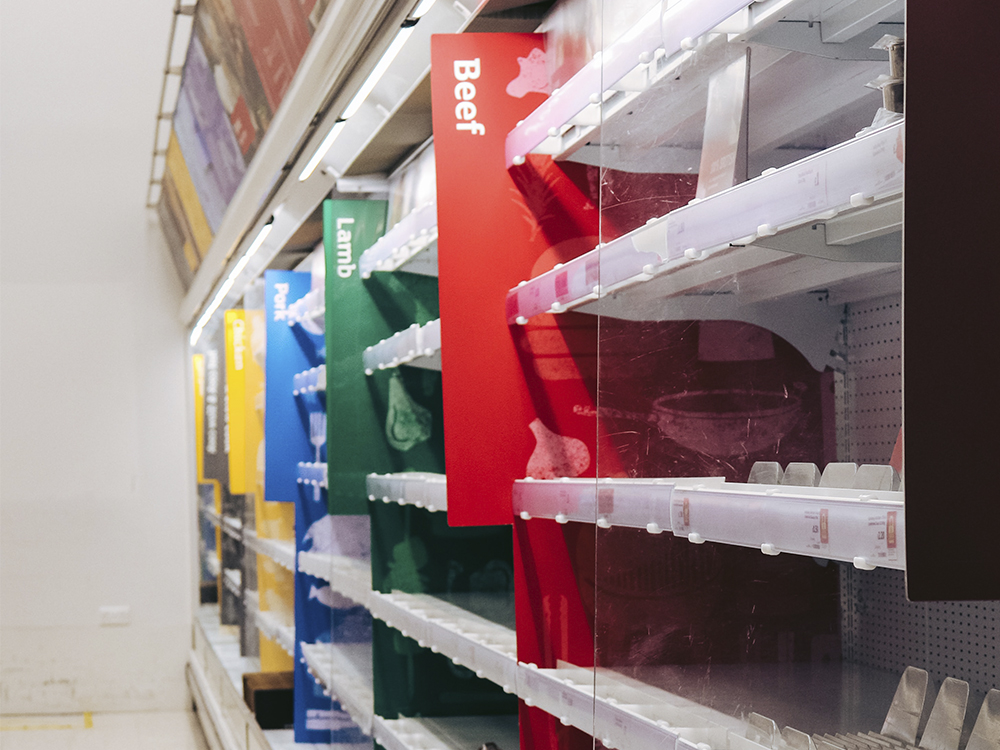The Supply Chain Crisis Explained
05.08.2020

From the consumer’s point of view, one of the biggest mysteries during the COVID-19 pandemic has been, “What happened to the toilet paper?” In many cities across the U.S., toilet paper was one of the first of several items noticeably missing at grocery stores.
Dr. Monica Brussolo is a senior lecturer of operations management in the Naveen Jindal School of Management at UT Dallas, where she directs the bachelor’s degree program in supply chain management.
She answered frequently asked questions about the persistent supply and demand problems and recent unusual consumer buying patterns.
- Why are items like toilet paper still hard to find? The uncertainty of the future and the previously unknown duration of stay-at-home orders furthered customers’ fears, feeding the unusual buying patterns. As supply chain is globally integrated, there is pressure on the market and fear of a shortage of day-to-day items everywhere.
- Will we see delays in additional products? Most products will keep their demand expectations, and most companies with proper supply chain planning and effective inventory management systems will have products for several months between the pipeline and the inventory. But some shortages are expected: medical supplies – which have an actual increase in demand – and related goods like antibacterial soap and cleaning supplies.
- What exactly is the main issue in the supply chain? Product demand has shifted geographic locations. For instance, there is more demand in the suburbs than in business areas. Therefore, the problem is not a shortage of inventory, but a problem of product allocation and availability.
- What about flour, milk, yeast – why there is a shortage? Like with the toilet paper, there are two markets, a market for household use and a market for “industrial” or “commercial” use. The demand has shifted markets, and now most of the consumption is happening on the household end, creating scarcity of the products that are packed for family use. The main issue is not that the product is unavailable, it’s that the product is packaged in large quantities and directed to supply chain channels intended for bulk consumption.
- What about the meat market and the threat that meat processing plants may close? We may experience a reduction in the supply of meat products as we apply more restrictive health regulations to prevent outbreaks in the plants. That market may experience short-term shortages, but the closures of meat processing plants is not yet a large issue if we consider the size of the supply in the domestic market. Thus, there will be a reduction in the supply of meat products, but we have options of using different supply channels, substitute products, or looking for additional suppliers in international markets to offset that reduction. In addition to that, we may experience some pressure in the market, as the consumer perception of scarcity may cause an increase of demand for meat. However, as these products have short shelf life, that may prevent a dramatic increase on their demand, as it happened with the toilet paper. As the supply decreases and the demand increases, higher prices will be accepted due to the shortage, but these effects are temporary. As some of the stay-at-home restrictions start relaxing, the demand of meat products will shift locations, adding another force that will affect the market equilibrium and the prices. In any case, we have to observe this market closely.
- Could all this mean an increase in the prices of essential products? Yes, as the pressure on the markets from increasing demand and lesser supply will push the prices higher, at least in the short run.
–Brittany Magelssen



